1858 – Antwerp – 1938
Belgian Painter
'The Mischievous Little Artists'
Signature: signed middle lower left and dated 'Edg. Farasyn 1881'
Medium: oil on canvas
Dimensions: image size 84 x 101 cm, frame size 101 x 119 cm
Provenance: Collection Berko Fine Art, Belgium
Biography: Edgar Pierre Jozef Farasyn (Antwerp, August 14, 1858 – Antwerp, March 22, 1938) was a Belgian painter and watercolorist celebrated for his depictions of seascapes, landscapes, cityscapes, genre scenes, and interiors, later expanding his repertoire to include fishermen and their daily lives. Additionally, he was an accomplished etcher, draftsman, and graphic artist. His name is also recorded as “Edgard Farasyn” and “Edgard Farasijn.”
Farasyn received his artistic education at the Academy of Fine Arts in Antwerp, where he studied under Nicaise de Keyser. In 1885, he became a teacher at the same institution, marking the beginning of a long and influential career in art education.
In 1891, he co-founded the group “De XIII” and became a member of the open art circle “Weest U Zelve,” dedicated to promoting Flemish influence in the arts.
Initially, Farasyn focused on painting scenes of children, but from 1885 onward, he transitioned to plein air painting. His artistic activities were concentrated primarily in Antwerp, where he painted numerous urban scenes, including lively depictions of the old fish market. He also worked extensively in Mol, where he captured the rural beauty of the Kempen region with its landscapes and village scenes. Farasyn had a close friendship with fellow artist Ernest Midy (1877-1938), often visiting him and painting the serene Kempen landscapes. His artistic wanderings also took him to picturesque locations in the Netherlands, including Scheveningen, Katwijk, the Zuiderzee region, and Zeeland.
Farasyn’s early works were rendered in a realistic style, characterized by a somber, gray palette and a strict, almost austere atmosphere. However, over time, he developed a more nuanced treatment of light and adopted a bolder use of color. His love of the sea drew him frequently to the Belgian coast, particularly Oostduinkerke, where he painted many realist scenes depicting the lives of fishermen, horseback fishermen, and their families. He also spent time in Koksijde and Knokke, capturing the essence of life by the sea.
In a review from Onze Kunst, voortzetting van de Vlaamsche School following his 1901 exhibition in Antwerp, his artistic journey was described as one of quiet persistence. Farasyn remained distant from the upheavals of the contemporary art world, choosing instead to follow his own path, focused on an honest and sincere portrayal of nature and human life. He worked independently, striving to interpret the world as faithfully as his artistic eye could capture it.
In addition to his paintings, Farasyn was also involved in mural painting. In 1899, he was invited by Frans Van Kuyck, the city councilor for culture in Antwerp, to collaborate on decorating the grand staircase hall of Antwerp City Hall. He worked alongside prominent artists such as Piet Verhaert, Edward De Jans, Karel Boom, and Henri Houben, contributing the mural Procession of the Rhetoricians’ Chamber “De Violieren” in 1539.
Farasyn exhibited his works widely, with notable exhibitions in Brussels (1878), and in Antwerp in 1889, 1893, and 1901. His artistic achievements were recognized with several awards, including at the Sydney World Fair (1879), a gold medal at the Ghent Salon (1883), and honors at the World Exhibitions in Antwerp (1894) and Brussels (1897).
Today, Farasyn’s works are held in prestigious collections, including the Royal Museums of Fine Arts of Belgium (Brussels), Museum Kortrijk, the Royal Museum of Fine Arts Antwerp, the Jakob Smits Museum (Mol), the National Fisheries Museum (Oostduinkerke), and the Katwijks Museum in the Netherlands. His legacy endures as a painter who captured the spirit of Belgium’s coastal and rural life with authenticity and artistry.












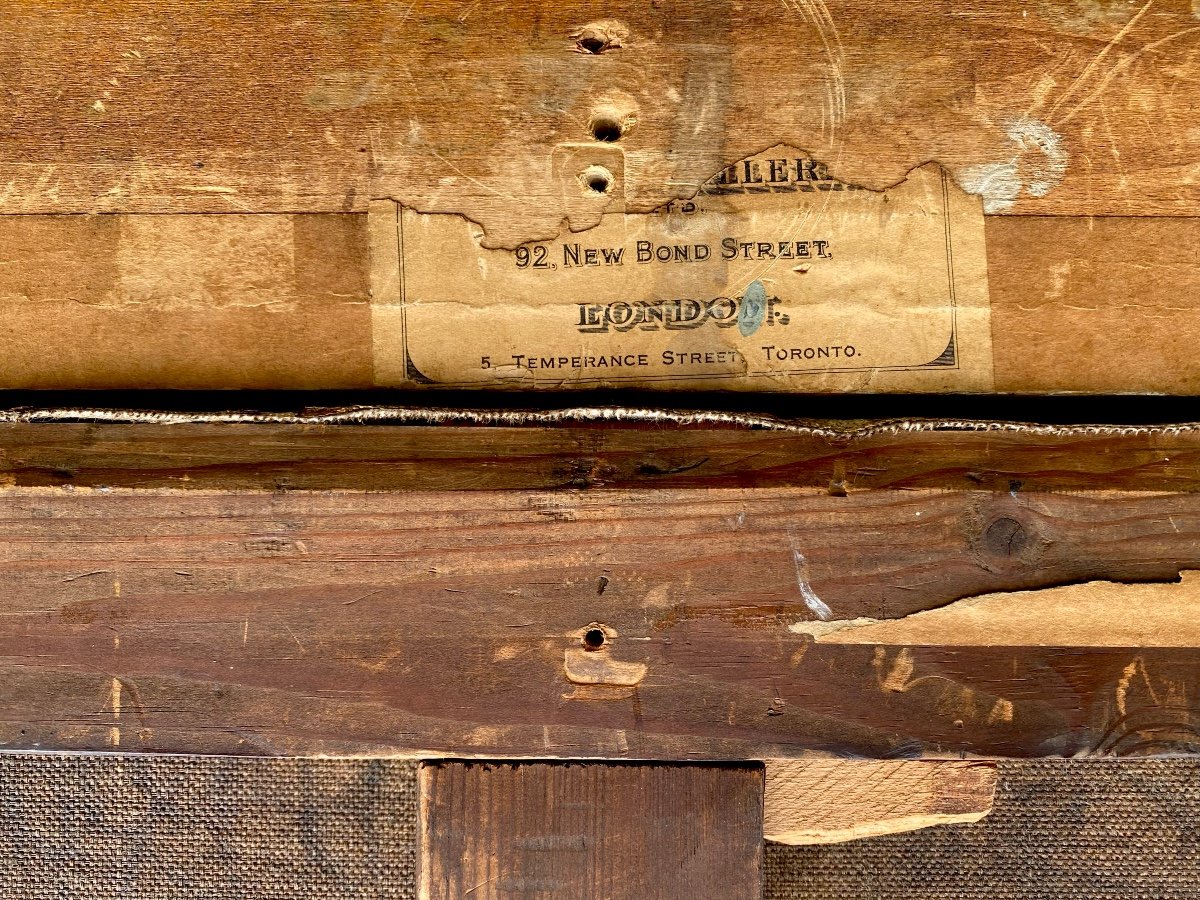















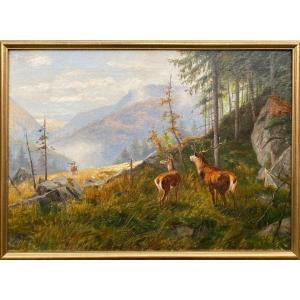


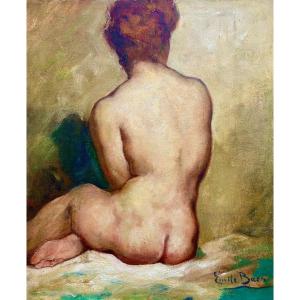

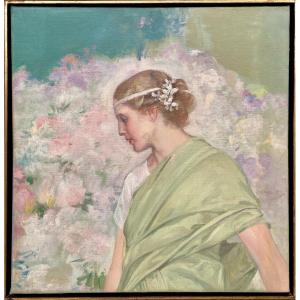




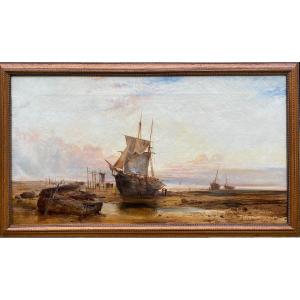

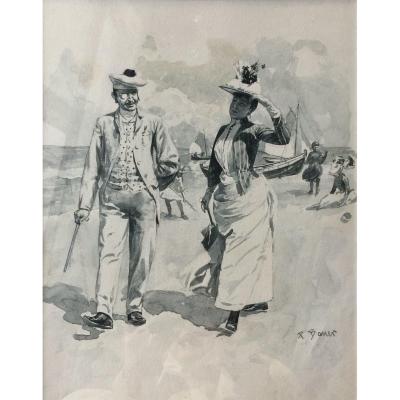


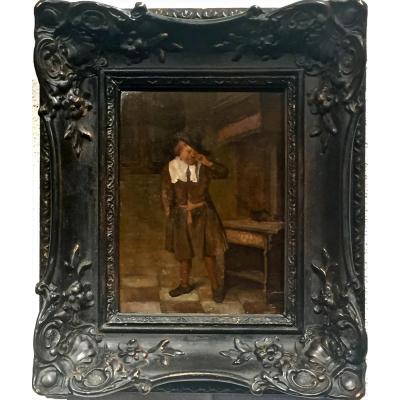






 Le Magazine de PROANTIC
Le Magazine de PROANTIC TRÉSORS Magazine
TRÉSORS Magazine Rivista Artiquariato
Rivista Artiquariato